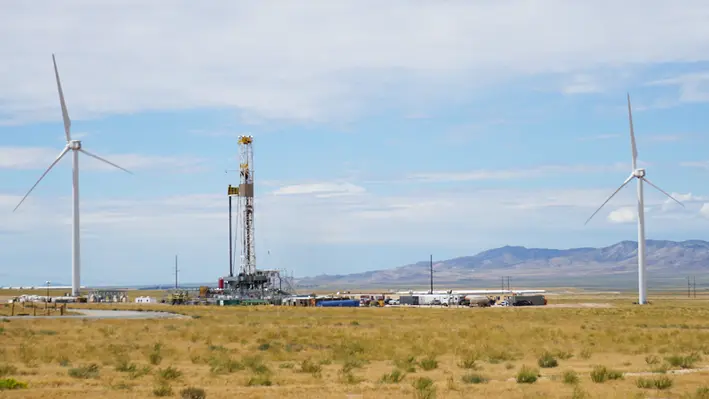

Fervo Energy, a leader in geothermal technology, has marked the start of exploration drilling at its Cape Station, US, with a groundbreaking ceremony.
The next-generation geothermal energy project is expected to deliver 400MW of 24/7 electricity after it reaches full scale production in 2028.
Principal Deputy Assistant Secretary for Land and Minerals Management, Laura Daniel Davis, commented, “At the Interior Department, we have been moving quickly to meet President Biden’s goal of achieving a carbon pollution-free power sector by 2035. The Cape Station geothermal energy project we are celebrating today is an important milestone in our effort to make that goal a reality.”
The project will likely be the first of many designed to exploit the vast geothermal potential Utah is home to. It is estimated that just the southwest portion of the state contains more than 10GW of high-quality geothermal reserves.
Utah Governor, Spencer Cox, remarked, “Geothermal innovations like those pioneered by Fervo will play a critical role in extending Utah’s energy leadership for generations to come.”
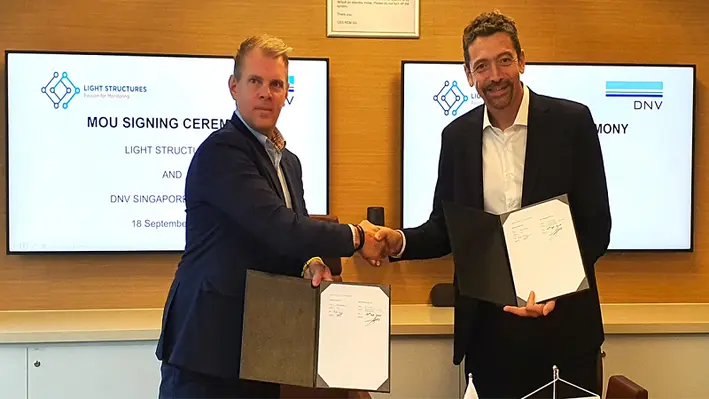

Light Structures AS, a leading supplier of fiber optic condition monitoring systems based on Fiber Bragg Grating (FBG) technology, has signed an MoU with independent energy expert, DNV, to develop new methodologies and solutions around structural health monitoring and digital twins.
The two companies share a vision to advance solutions with the two technologies in order to improve safety at sea as well as achieving new operational efficiencies and reducing asset lifecycle maintenance costs.
DNV and Light Structures will leverage the value in structural integrity monitoring data acquired through the latter’s SENSFIB systems for complex marine and offshore projects. They will collaborate on diverse areas including customer requested project and solutions design, modelling and hydrodynamic analysis, hybrid twin databases, interfacing, instrumentation, installation and commissioning, and co-marketing.
Niklas Hallgren, CEO of Light Structures, commented, “Digitalisation in the maritime sector has streamlined our ability to widen the scope of applications that structural integrity data can benefit, so we are looking forward to exploring new workstreams and project implementations through our work with DNV.”
Brice Le Gallo, Vice President and Regional Director for Energy Systems, APAC, DNV, added, “Our collaboration with Light Structures unlocks the potential to boost digital twin fidelity, resulting in new levels of operational insight for our engineers and customers.”

 GreenFire Energy Inc. (GreenFire) has partnered with Stoic Transitional Resources Inc. (Stoic), to jointly develop geothermal projects through the utilisation of abandoned assets in New Zealand and Western Canada.
GreenFire Energy Inc. (GreenFire) has partnered with Stoic Transitional Resources Inc. (Stoic), to jointly develop geothermal projects through the utilisation of abandoned assets in New Zealand and Western Canada.
GreenFire will utilise its patented closed-loop technology, GreenFire’s GreenLoop, to transform idle oil and gas wells into productive geothermal assets, with Stoic will provide its expertise and access to geothermal resources in New Zealand and oil and gas resources in Western Canada.
GreenLoop is a closed-loop Advanced Geothermal System (AGS) which can economically access the entire spectrum of geothermal and certain oil and gas resources, with the technology enabling operators and developers to retrofit idle wells, expand existing fields with new wells and de-risk the development of new geothermal resources quickly.
Steven Brown, VP Project Development for GreenFire Energy, said, “GreenFire Energy is implementing our patented GreenFire’s GreenLoop technology in geothermal projects across the globe. This partnership has the potential to accelerate geothermal energy developments in New Zealand and Western Canada and expand our reach to bring clean energy and economic vitality to new regions.”
Phil Keele, COO for Stoic’s Calgary branch, commented, “We firmly believe that the alliance between GreenFire Energy and Stoic Transitional Resources encapsulates a transformative energy philosophy that will resonate with the global public. Together, we’re positioned to usher in an era defined by carbon-free, green electricity, that generates gigawatt hours of power while championing environmental stewardship.”

 The developer of ocean robots for autonomous services, Nauticus Robotics, Inc., has announced its entry into a service contract with Shell plc for inspection services on a Shell subsea field development in the Gulf of Mexico.
The developer of ocean robots for autonomous services, Nauticus Robotics, Inc., has announced its entry into a service contract with Shell plc for inspection services on a Shell subsea field development in the Gulf of Mexico.
Aquanaut, Nauticus’ flagship autonomous robot, will serve as the project’s main machine and perform noncontact and contact inspections across the subsea complex. This project will feature Nauticus’ first-to-market method of autonomous subsea manipulation on live subsea assets in water depths exceeding 1,000 m.
The project will also feature a ‘force multiplier’ solution, boasting multiple scopes of work to be executed simultaneously from a smaller class service vessel that would not normally engage in IMR services. This agreement will see both Nautiucs and Shell take a major step in maturing a novel joint approach to underwater operations that could lead to a significant change in technology and service delivery for the offshore sector.
Nicolaus Radford, CEO of Nauticus, said, “I am incredibly pleased with the progress the team has made in our collaboration with Shell and to embark on this new project with one of the world’s leading energy companies. Nauticus now has visibility long term IMR services work for Shell and the opportunity to become the preferred supplier for this advanced work.
“We recognise the significance of this opportunity with Shell and look forward to the execution of this project work.”

 Petrobras has welcomed the arrival of the floating production, storage and offloading (FPSO) vessel Sepetiba for future work on the company’s giant Santos Basin offshore Brazil.
Petrobras has welcomed the arrival of the floating production, storage and offloading (FPSO) vessel Sepetiba for future work on the company’s giant Santos Basin offshore Brazil.
FPSO Sepetiba is currently undergoing technical procedures before it will be taken to the Mero field within the Santos Basin later this year. The FPSO is capable of producing up to 180,000 barrels of oil and 12mn cubic metres of gas per day, with production expected to begin in Q4 2023.
Sepetiba, which was delivered to Petrobras by SBM, is the second definitive FPSO to be installed in the Mero field, the third largest by volume of oil in place (VOIP), out of all four systems in place. The four units together will have the capacity to produce up to 720,000 barrels of oil per day.
The combined Mero field is operated by Petrobras in partnership with Shell Brasil, TotalEnergies, CNPC, CNOOC and Pré- Sal Petróleo S.A – PPSA.
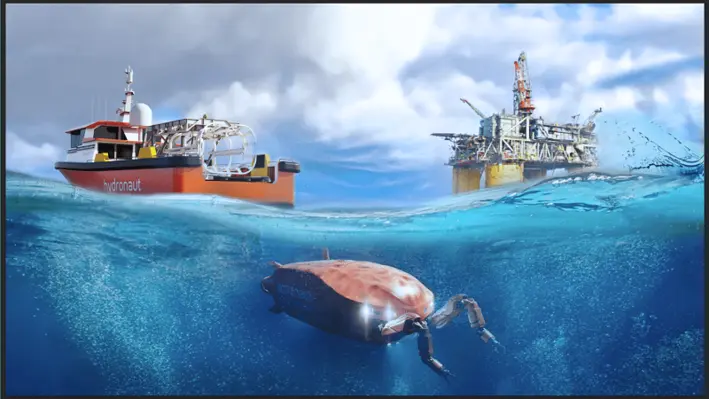
 Nauticus Robotics Inc., a developer of autonomous robots for intervention services, has announced it has signed a memorandum of understanding (MoU) with MMA Offshore Limited, a global provider of high-specification vessels and subsea services, for the development of an integrated service offering to provide more cost-effective and environmentally-friendly maintenance to subsea infrastructures in the Asia-Pacific region.
Nauticus Robotics Inc., a developer of autonomous robots for intervention services, has announced it has signed a memorandum of understanding (MoU) with MMA Offshore Limited, a global provider of high-specification vessels and subsea services, for the development of an integrated service offering to provide more cost-effective and environmentally-friendly maintenance to subsea infrastructures in the Asia-Pacific region.
Nauticus’ autonomous subsea robots, Aquanauts, enable the use of smaller service vessels not previously utilised for inspection, maintenance and repair (IMR) work, which MMA owns and operates. By combining their capabilities, the two companies hope to offer a more economical solution to subsea intervention.
Nicolaus Radford, Founder and CEO of Nauticus, said, “This MoU is just one in a series of strategic moves we are making to disrupt autonomous subsea robotics and solidify our place as the industry leader in the field. Aligning with an established industry player, such as MMA Offshore, in multiple offshore markets provides a significant opportunity for Nauticus to continue expanding its reach and international customer base.”
Tom Radic, Executive General Manager Subsea at MMA Offshore, commented, “MMA is excited to have entered into this exclusive partnership with Nauticus Robotics and looks forward to being able to integrate its leading autonomous robotic and AI software technology into its subsea services. This partnership will ensure our clients have access to the latest autonomous and machine learning technology to help meet their subsea requirements.”
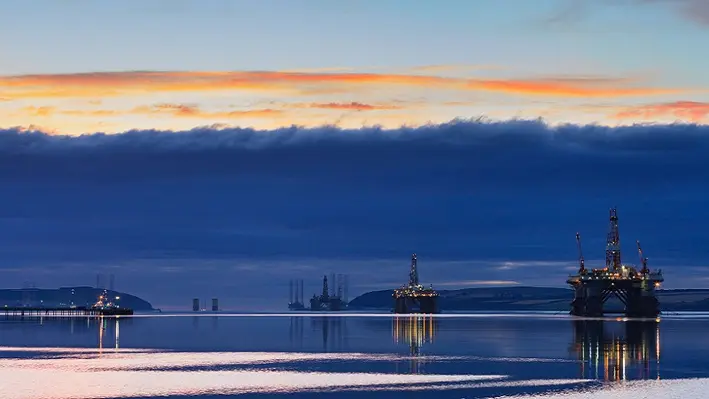

Elemental Energies, an independent wells expert, has won a UK£10mn contract with Archer, a provider of drilling, P&A and well services, to help support a major decommissioning project in the UK North Sea.
As per the agreement, Elemental will provide complete abandonment engineering and operational support across multiple platform wells over three years. To fulfil the contract, Elemental will expand its in-house P&A team with a further 10 roles and these will help make up a multidisciplinary team of onshore and offshore engineers. This team will work alongside Archer personnel to lead abandonment planning and will support the operational activity.
Kenny Dey, Archer UK’s Managing Director, remarked, “The combined capability and experience of the Archer and Elemental Energies engineering team is raising the bar for decommissioning projects of this scale, and we are pleased to be working in partnership with their expert well engineering, operational and project management teams to deliver this major project.”
The first phase of the project will include wireline investigative work and a coiled tubing campaign. Work is already underway for this, alongside engineering of the P&A operations which are set to commence in H2 of 2024 or in 2025.
Mike Adams, Chief Executive Officer of Elemental Energies, surmised, “Our collaboration with Archer is an important milestone as we build on our extensive experience within well decommissioning. By embedding our engineering expertise within Archer we will maximise efficiencies and mitigate risks earlier in the planning and operational phases of the project.
“Efficient and expertly planned well P&A is a cornerstone for successful decommissioning globally and is a critical part of reducing long-term emissions from wells. We are passionate about the role that decommissioning plays in the energy transition, and we are proud to be delivering that alongside our partner Archer.”
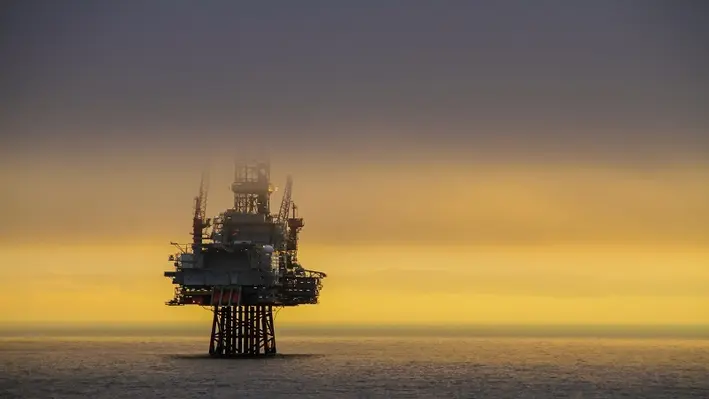

Odfjell Technology, an integrated supplier of offshore drilling and well operations, has added wellbore cleaning chemicals to its in-house well services offering in order to streamline supply chain processes.
Previously, wellbore cleaning chemicals were offered to the company’s global customer base via third-party suppliers but the company has sought to streamline this and become more competitive in pricing.
As such, it has launched Ultra-Max Chemical Cleaner and UltraWash Heavy-duty Degreaser as part of its chemical product offering. These are high-performance chemicals designed to quickly and efficiently remove hydrocarbon residues from downhole tubulars, equipment and casing. The non-flammable, non-abrasive and non-caustic formulas eliminate built-up residue on drilling rigs, pumps and equipment.
Cleaner wellbores are crucial to facilitate efficient fluid displacements during hydrocarbon recovery, so they can flow freely.
The Ultra product range is globally compliant with industry standards, receiving the GOLD classifications by the Centre for Environment, Fisheries and Aquaculture Science (CEFAS), meaning the chemicals are safe to use in line with global standards and will not harm the environment
Ian Low, Global Product Line Manager, Well Intervention at Odfjell Technology, remarked, “By bringing these high-grade cleaning chemicals into our in-house wellbore clean-up offering, we will unlock opportunities for new business and projects.
“Launching the Ultra product range enables us to be more competitive in pricing, providing our customers with gold-standard wellbore cleaning at an affordable cost. And as we all strive towards more energy efficiency improvements, our world-class tooling and chemicals will assist in enhancing the efficiency of operations, reducing energy waste and optimising processes to decrease emissions.”
The company stated that by taking control of its costs, broadening its service offerings, and unlocking new avenues, it is cementing its position as a leading provider of offshore services that contribute to safe, decarbonised operations.
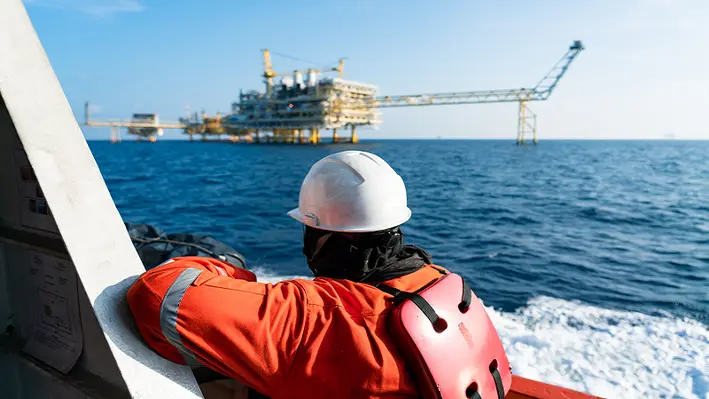

UK well operator, Exceed, is expecting to see record-breaking revenues for the current financial year with an annual revenue of around UK£30mn – 40% of which will be attributed to decarbonisation activity.
The company, which currently acts a well operator for four clients, has grown to become one of the largest independent well and reservoir management specialists and is continuing to highlight the criticality of its capability in leading a sustainable energy transition.
So far, it has decommissioned more than 150 wells and its integrated decommissioning service via LWIV, a rig-based, rig-less and SCV, is also helping to reduce costs as well as the carbon footprint of decommissioning activities. This year, its decommissioning expertise has played a significant role in its clients’ North Sea net-zero strategies, according to the company. Activities in the region includes a six-well plug and abandonment (P&A) campaign and a late-life asset management-decommissioning alliance with a Tier 1 service company. The company has also supported an operator with the development of well access technologies for the decommissioning of complex subsea wells. Not resting on its laurels, the company has also indicated it is preparing to commence a second vessel-based well P&A campaign next month.
In addition to these activities, the company’s subsurface experts have been working in the potential repurpose of the Rough Bravo field for large scale H2 storage and, collaborating with Centrica Energy Storage+, Exceed has provided critical conceptual work and leading geo-mechanic and reservoir modelling in conjunction with a number of universities.
John Anderson, Commercial Director at Exceed, remarked, “Maximising clients’ economic recovery factor plays a critical role in ensuring the sustainable global energy transition to which we are clearly 100% committed. This includes the recent award of two major global well engineering and managed pressure drilling framework agreements, and HPHT and deepwater operations in frontier producing regions, including Namibia, Romania and Guinea Bissau.
“We’re addressing the energy trilemma of security, affordability and sustainable decarbonisation not only through decommissioning, reuse and repurpose, but also through the application of our world-renowned well engineering and drilling capabilities, which follow a strategy to eliminate or reduce each project’s direct emissions where possible.”
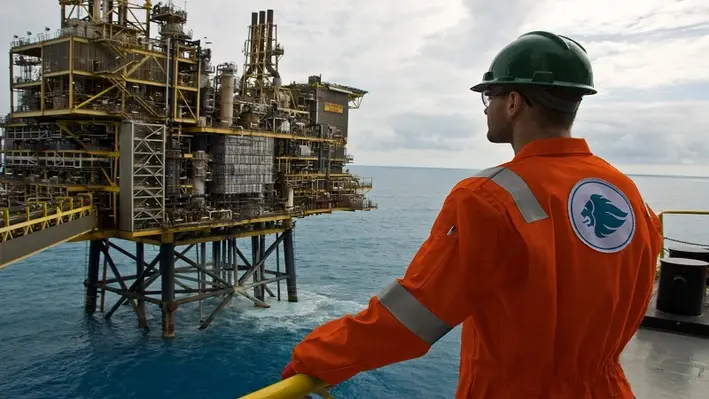
 Expro has announced it has entered into a definitive agreement to acquire the offshore services provider, PRT Offshore, in a bid to expand its portfolio of cost-effective technology services and solutions.
Expro has announced it has entered into a definitive agreement to acquire the offshore services provider, PRT Offshore, in a bid to expand its portfolio of cost-effective technology services and solutions.
Upon closing of the transaction, which is expected in Q4 2023, Expro will enhance subsea services within the North and Latin America (NLA) region, and accelerate the growth of PRT Offshore’s surface equipment offering in Europe and sub-Saharan Africa (ESSA) and Asia Pacific (APAC) regions.
Based in Houston, Texas, PRT Offshore is the only company to provide a complete Hook-to-Hanger solution, enabling comprehensive well intervention and decommissioning services from the surface to subsea. The unique system allows customers to access the wellbore safely and efficiently while reducing on-board personnel.
Michael Jardon, Expro Chief Executive Officer, said, “Expro is committed to investing in innovation and technology to differentiate our services and solutions offering. This strategic acquisition is exciting for both Expro and PRT Offshore as we strengthen and expand our subsea well access technology offering and continue to deliver value to our customers across the life of their wells.
“Our subsea well access portfolio has a strong and established international presence, particularly across ESSA and APAC. We believe this will provide significant opportunities to expand PRT Offshore’s presence in these attractive regions. Similarly, Expro will leverage PRT Offshore’s strong position in deepwater offshore well completion and intervention throughout the NLA region to deliver integrated customer solutions.”

 Oilenco has secured numerous contracts for the supply of plug and abandonment (P&A) tooling packages to operators and decommissioning specialists across Europe.
Oilenco has secured numerous contracts for the supply of plug and abandonment (P&A) tooling packages to operators and decommissioning specialists across Europe.
The packages include the Oilenco pressure wave valve, an intervention-free, open-on-demand equalising device which is set below a plug to aid in creating a barrier by applying pressure in a series of cycles.
Blair McCombie, Operations Director, Oilenco, said, “Since its first installation in 2018, the pressure wave valve has built an extensive run history and as a result has become one of the leading remote opening devices on the market. It can be functioned when required, within a few hours, days, months or even years after installation without the need for dedicated personnel on location, and once open, provides a large through-bore and pump through capabilities without the need for further intervention.
“Oilenco has a proven track record in the UKCS, providing reliable solutions for P&A campaigns. With these recent contract wins and ongoing requests from clients and decommissioning specialists, our solutions are becoming integral to P&A toolkits.”
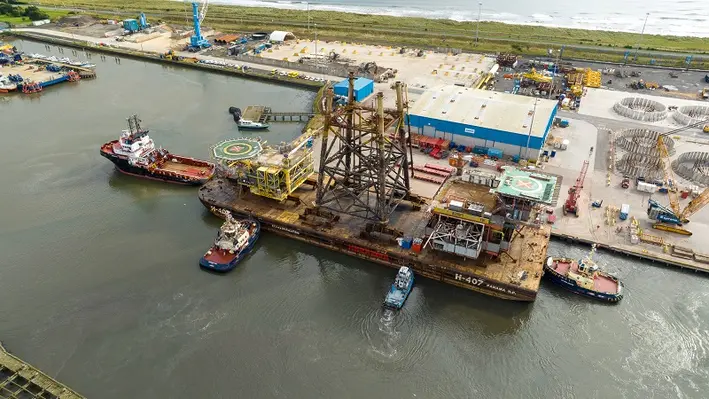

The Port of Blyth, locate between Aberdeen and Great Yarmouth in the UK, working together with Thompsons of Prudhoe, has welcomed 7,000 tonnes of offshore infrastructure to be decommissioned.
Several topsides and jackets for three North Sea offshore oil and gas platforms were delivered to the port’s Battleship Wharf, home to its unique decommissioning facility that is operated in partnership with Thompsons of Prudhoe.
Following arrival, the assets have been successfully removes from two barges and transferred to the decommissioning facility using SPMTs. Here, they were set down onto purpose-built stools ready for demolition. These actions required a number of key contractors such as Mammoet which assisted in the SPTM operations and Harlyn Solutions which provided design and engineering works during the load out. According to the companies, the delivery of the assets is a testament to the advanced handling capabilities boasted by the port as it required exceptional planning and coordination.
Tom Koerner, Operations Director of Thompsons of Prudhoe, remarked, “We are delighted to be given the opportunity to decommission these assets on behalf of our client. This project gives us a strong platform to demonstrate and promote our capabilities to the offshore industry for all future onshore dismantling and waste disposal requirements.”
With the safe delivery successfully completed, Thompsons of Prudhoe will now progress with structural inspection, surveys and make-safe ahead of demolition (which will be carried out by mechanical means and lifting operation). The waste from the assets will be sorted, segregated and (for much of it) recycled.
Martin Lawlor, Chief Executive at Port of Blyth, commented, “By combining the port’s offshore energy cargo-related handling capabilities with Thompsons of Prudhoe’s decommissioning and demolition expertise, customers are able to rely on first-class service based on quality, safety, and performance. We have now established a great track record of successful high-profile decommissioning projects and are looking forward to supporting further decommissioning projects across the offshore energy sector.”
Page 58 of 111